You’re busy shipping pages, not guessing. Plerdy brings two powerful, free Chrome extensions for marketers: Plerdy SEO Analyzer and Plerdy UX & Usability Testing — AI Prediction Heat Map And Scroll Depth by Plerdy. With AI tips and instant checks, these Chrome extensions work on any page, fast, giving you data that usually costs hundreds. Want real clicks and conversions? Add the Plerdy script, then compare AI predictions with actual behavior. I’ll give you a simple framework to run an audit, prioritize fixes, prep A/B tests, and measure impact—no drama.
- Quick audit in Chrome with AI, then sanity-check in Google Analytics.
- Tweak copy like in Shopify or WordPress landing pages.
- Share notes to Figma; cross-check with Ahrefs or Semrush later.
Why Plerdy AI Matters For Marketers
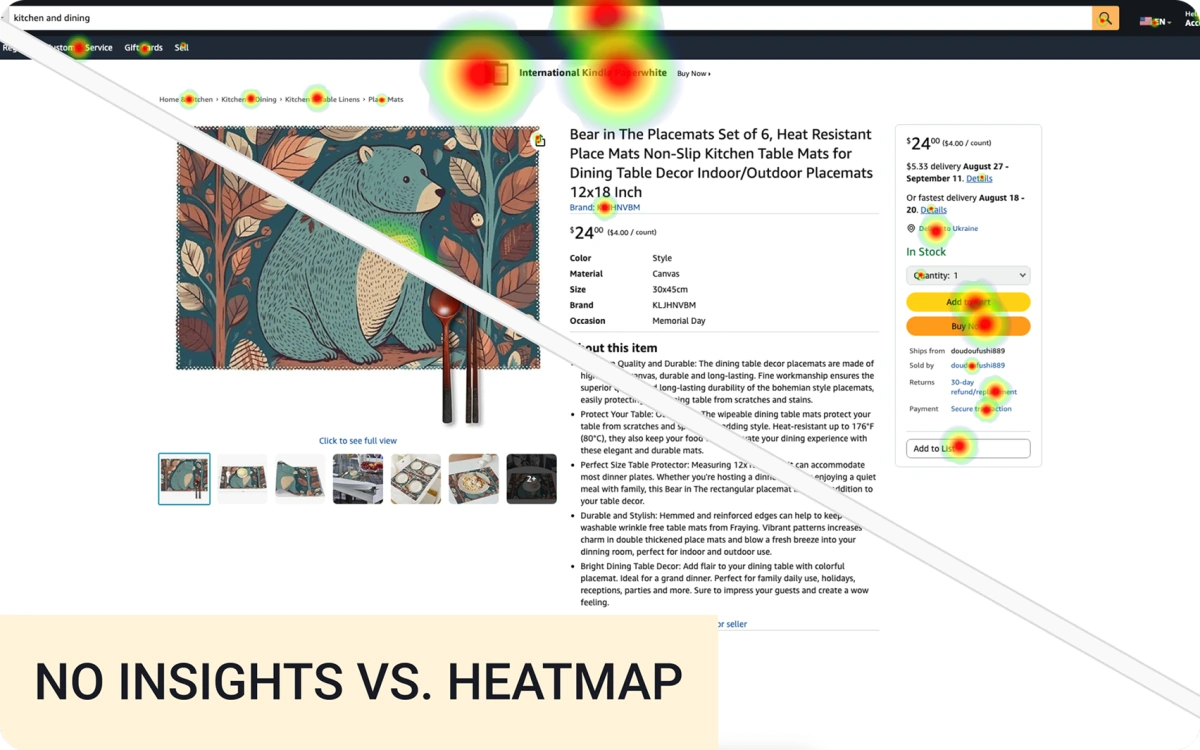
You want fast wins, not endless audits. Plerdy with AI helps you move from guess to action in minutes. In Chrome, two extensions run side-by-side: quick SEO checks plus UX prediction, so you see where users pay attention and where bots read signals. I use this combo to cut page review time by 30–40%, then push fixes that raise CTR 5–12% in Google Search Console. Simple flow: open Chrome, run both extensions, note issues, ship small changes, re-measure. Plerdy keeps the AI part sharp; you keep strategy sharp.
SEO And UX Converge
Technical SEO sets the ground; UX turns that ground into movement. With Plerdy in Chrome, AI points to weak titles, messy headings, slow assets, and hidden CTAs. You fix intent, clarity, and speed together. That balance matters for Shopify PDPs, WordPress blogs, even Webflow landers. Tools: Ahrefs, Semrush, GA4 for proof.
Predictive Vs. Observed Data
AI prediction from Plerdy shows hot zones and scroll drop-offs before you spend traffic. Observed data shows what real users did. Use both: AI guides first draft and wireframe decisions; analytics confirms. I usually aim for INP under 200 ms, scroll reach to 60–70%, and CTA interactions above 3–5%.
- Use AI predictions when scoping a new layout or variant.
- Use real data (GA4, Plerdy script, recordings) for money pages and forms.
- Use both for high-impact tests, then ship the winner and document in Figma.
Plerdy SEO Analyzer — AI-Powered On-Page Audit
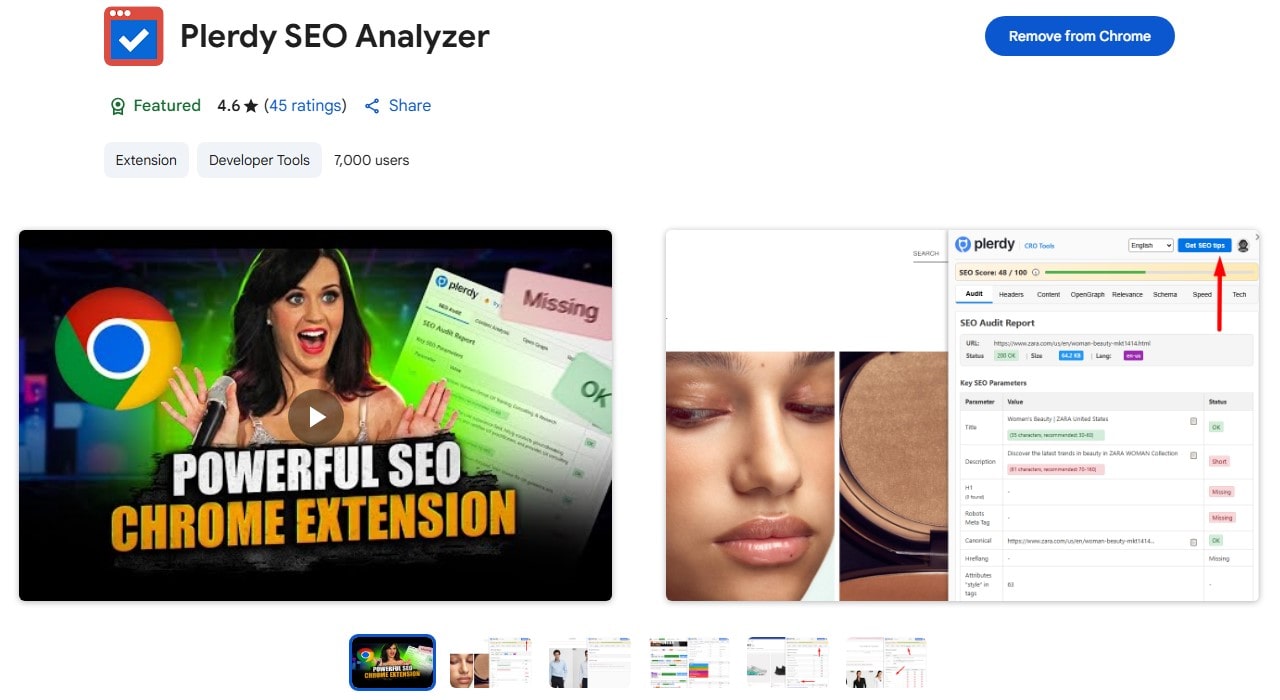
Core AI Abilities
You open Chrome, hit Plerdy, and AI tells you what to fix first. Titles too short? Descriptions with weak promise? H1 confused? The AI inside Plerdy gives personal tips with examples, so you see exact words to test and where to place them. It also suggests internal links that support intent, not just random anchors. I use these AI notes to push tiny edits that can move CTR by +8–12% in Google Search Console. Fast rhythm: scan with Chrome, tweak, re-check. Zero drama. Two extensions, one fast loop.
Technical Snapshot
Plerdy runs a quick sweep in Chrome, then you get a clear map of the page. Great for teams on Shopify or WordPress, also for editors in Webflow or HubSpot. I compare results with Ahrefs or Semrush when needed, but the core truth lands in seconds through the extensions.
- Robots and indexing status
- Canonical and hreflang correctness
- Open Graph and Twitter Cards preview
- Headings H1–H6 structure issues
- ALT presence and image weight
- Outgoing links: nofollow/dofollow/duplicates
- Mixed HTTP content warnings
- Performance timings and slow assets
When To Use
Use Plerdy and AI in Chrome for competitor checks, quick pre-QA before publish, and fast validation after release. Perfect when a PM asks “can we ship today?” and you must prove with data. For deep tech debt, pair the extensions with GA4, server logs, and dev profiling.
Plerdy UX & Usability Testing — AI Prediction Heat Map And Scroll Depth
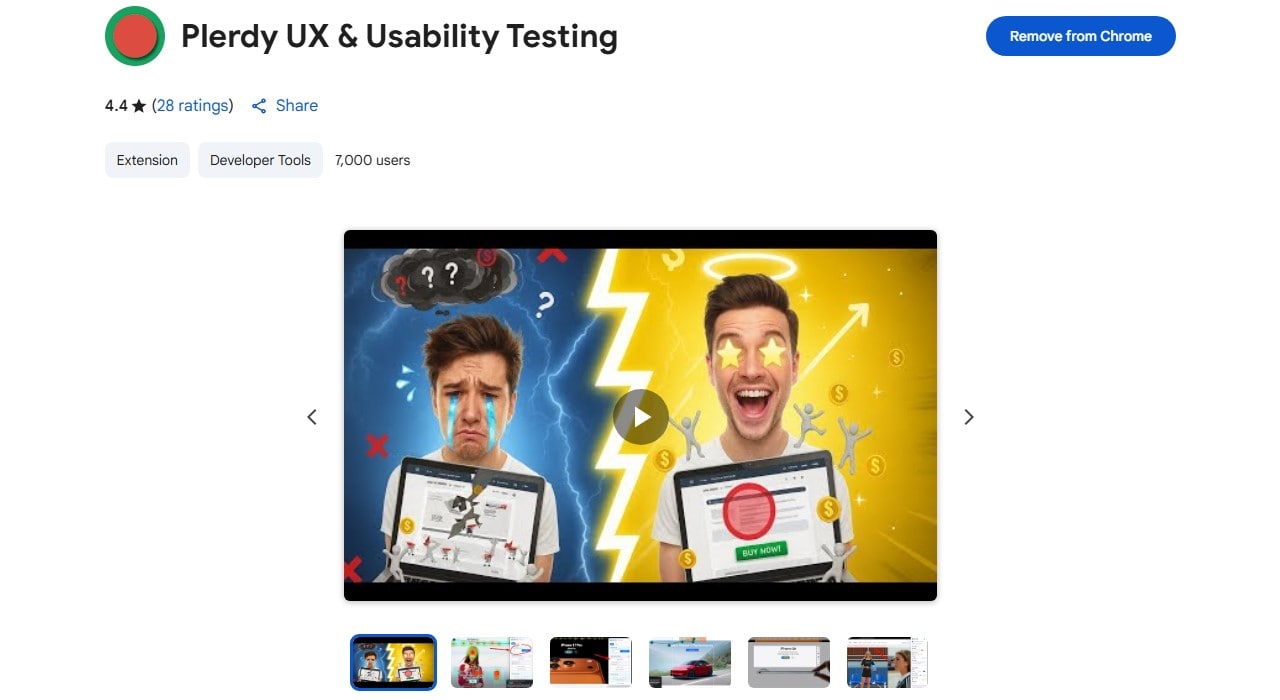
Predictive Maps Explained
You open the Plerdy panel in Chrome and the AI paints a story: hot areas, cold corners, where attention falls off. No traffic needed. The model uses learned interaction patterns to forecast clicks and scroll reach, so you see problems before you burn budget. On many pages I aim for 60–70% scroll reach above the main CTA; when AI heat concentrates under 25% of the hero, that’s a red flag. Plerdy keeps it visual, fast, and honest. Two extensions, one clean decision path.
AI UX Tips And A/B Ideas
The AI in Plerdy flags barriers you miss when tired: poor CTA contrast, crowded copy, weak hierarchy. In Chrome, the extensions turn this into a short to-do with impact tags. I compare results with GA4 or Figma notes, and only then run paid tests. Goal: fewer clicks wasted, more clear actions.
- Rephrase CTA to one strong verb, then measure CTR.
- Swap block order: proof above fold, details below.
- Reduce image size by 30–40% to help INP and clarity.
- Increase spacing around CTA to 24–32 px.
- Remove one distraction near pricing; focus the eye.
Screenshot Workflow
Open Plerdy in Chrome, capture a full-page screenshot, drop arrows and small comments, share with your team in Slack or Jira. The extensions make review simple for PMs and designers. I store before/after in Figma, push a tiny release, then re-scan. If scroll improves by 10–15%, we keep it.
Combined Workflow — From SEO Audit To UX Fix
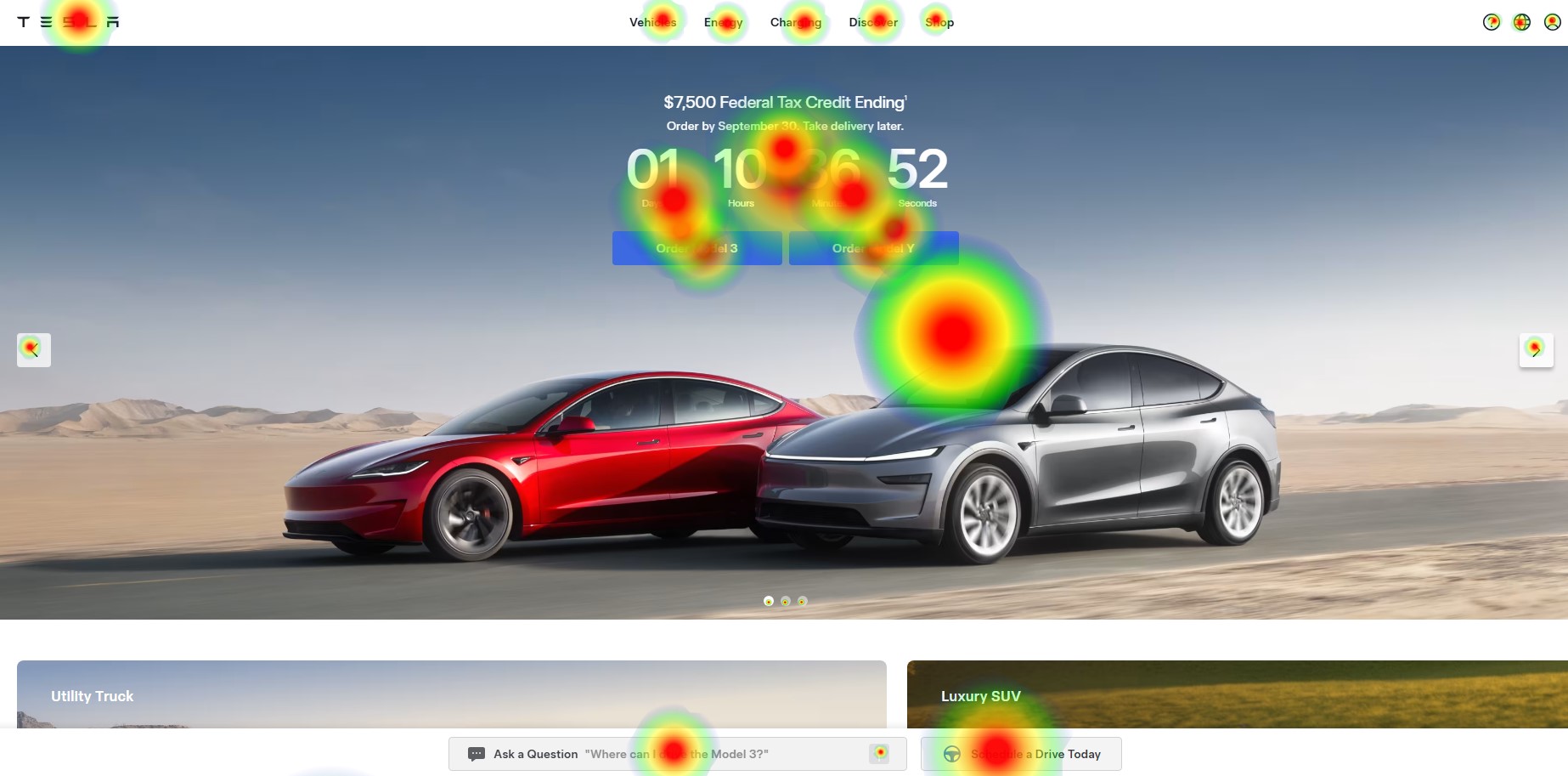
Step-By-Step Flow
You want a clean, fast routine inside Chrome, right? Plerdy + AI makes it simple. Two extensions, one rhythm, zero drama. Aim for CTR +5–10% and scroll +10–15% after the first pass. Ready?
- Open Chrome, run Plerdy SEO Analyzer — AI scans the page in seconds.
- Fix metadata, titles, H1; trim fluff; add internal links.
- Switch to Plerdy UX & Usability Testing — AI turns on predictive maps.
- Check hot zones and scroll reach; spot weak CTAs.
- Draft A/B variants in Figma (copy, order, spacing).
- Grab screenshots with notes; share to Slack or Jira.
- Ship, measure in GA4 and Search Console; repeat.
Handoffs And Tooling
Keep the assembly line tight. SEO drops issues into the board; content rewrites; design adjusts spacing; dev ships small patches. Track in Asana or Jira. Use Ahrefs/Semrush for keywords, Plerdy for AI cues in Chrome, both extensions for review. Monitor INP under 200 ms, scroll reach above 60%, CTA interactions 3–5%. When numbers move, you win.
Metrics To Track After Changes
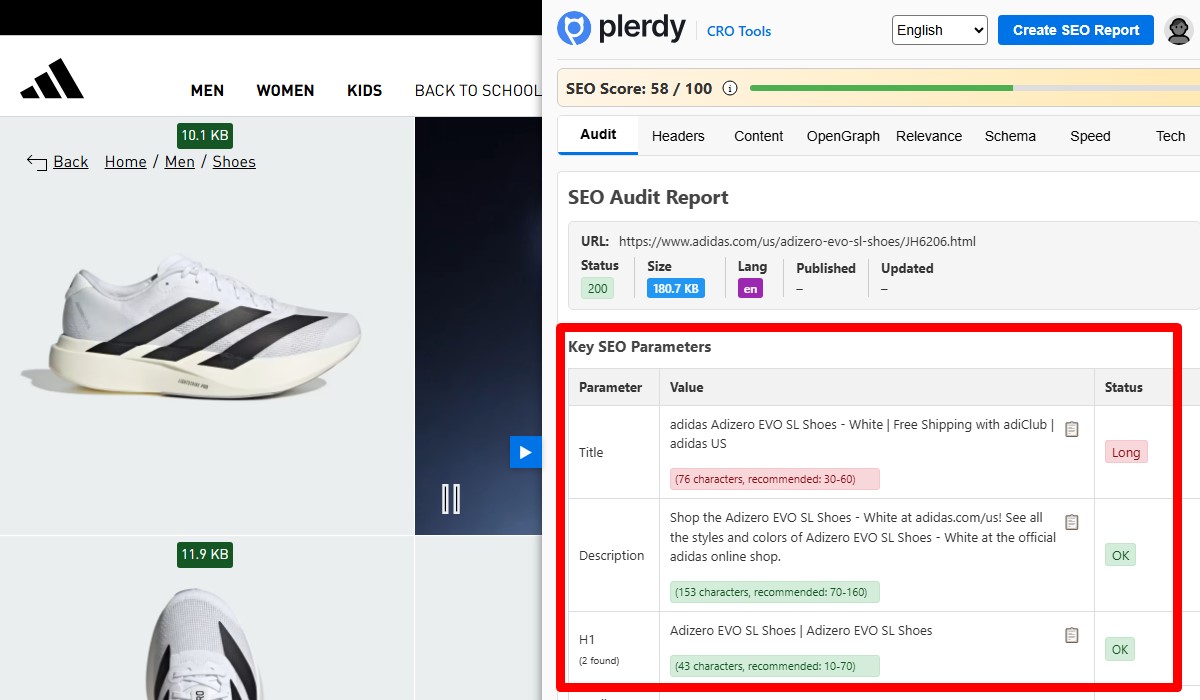
SEO Metrics
You need proof, not hope. After edits from Plerdy and the AI hints in Chrome, watch how the page moves. I track fast signals first, then deeper trends. If CTR goes +5–12% in two weeks, I smile; if positions stay flat, I push more fixes. The extensions keep you honest.
- Index coverage & sitemap status — Google Search Console
- CTR and impressions by query — Google Search Console
- Average position & visibility % — Ahrefs/Semrush
- Rich results presence & warnings — Search Console
- Technical errors from crawl — Plerdy + GA4 reports
UX/CRO Metrics
Now measure behavior. Plerdy with AI shows where attention goes; your Chrome extensions show what to change; GA4 confirms. Aim for scroll reach 60–70%, CTA interactions 3–5%, and INP under 200 ms. When these move together, conversion starts to breathe. Simple, but strong.
- Scroll depth % by section — Plerdy
- CTA clicks / hover-to-click ratio — Plerdy, GA4 events
- INP, LCP, CLS — GA4 Web Vitals or PageSpeed
- Conversion rate & step drop-offs — GA4 funnels
- Session replays for friction — Plerdy recordings
Limitations, Ethics, And When To Use Real Data
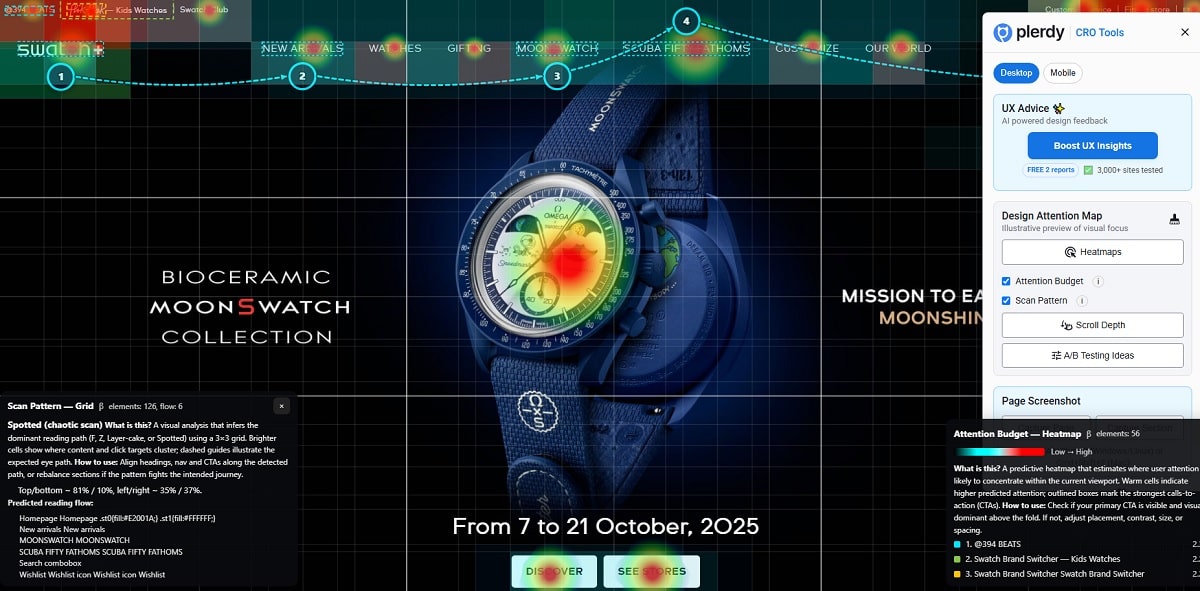
What AI Prediction Is Not
AI in Plerdy is a smart preview, not the final truth. You still need real users, real clicks, real funnels. The Chrome extensions help you move faster, but you validate with GA4 and Search Console before big bets. Be calm, be strict, measure twice.
- Checkout and payments (Shopify/Stripe—test on traffic).
- Critical forms and sign-ups (error states matter).
- Accessibility decisions (screen readers, keyboard flow).
- Regulated pages (legal, finance—no guessing).
Privacy And Bias Notes
Be clear: Plerdy uses AI to forecast patterns; it does not record people until you add the script. Tell teams how predictions work. Avoid dark UX tricks; respect consent. In Chrome, the extensions should guide clean solutions, not manipulation. Mix AI outputs with diverse feedback, then confirm with GA4 events and real sessions.
Quick Comparison: SEO Analyzer Vs UX & Usability Testing

Strengths By Job-To-Be-Done
You need speed, not ceremony. Plerdy SEO Analyzer in Chrome is your AI scanner for meta, headings, and technical health—great for editors, SEO managers, and PMs. Plerdy UX & Usability Testing turns AI predictions into maps and scroll depth for designers and CRO folks. Both extensions fit daily flows with GA4, Ahrefs, Semrush, Figma. Target: CTR +5–10%, scroll reach 60–70%.
Choose This If…
- Content update on WordPress or Shopify — pick Plerdy SEO Analyzer in Chrome, push precise AI edits.
- Technical fix before launch — run the SEO Analyzer; the extensions catch canonical, hreflang, speed.
- Landing page redesign — open UX & Usability Testing; AI heat shows where the eye stops.
- e-commerce PDP/PLP tuning — use both extensions in Chrome, then confirm with GA4 events.
- Stakeholder demo — quick AI maps from Plerdy win trust fast.
Before You Close That Tab
You wanted speed, not drama. Plerdy SEO Analyzer gives an on-page audit in minutes with AI, right in Chrome. Plerdy UX & Usability Testing adds AI heat maps and scroll predictions, then throws simple UX tips and A/B ideas. Together these extensions cut the cycle: found issue → proposed test → documented → measured. Remember: AI is a compass, not the finish line; confirm with real data in GA4 or Shopify reports after deploy.
Start Smarter. Install both Plerdy extensions now, run the combo flow, and launch your first data-driven A/B test today.
